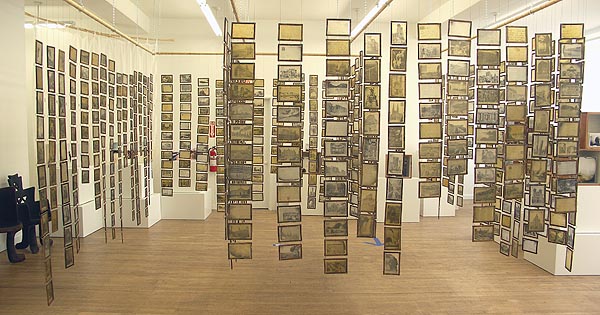

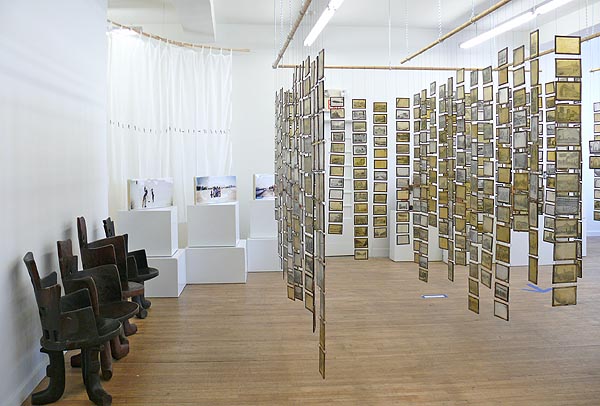
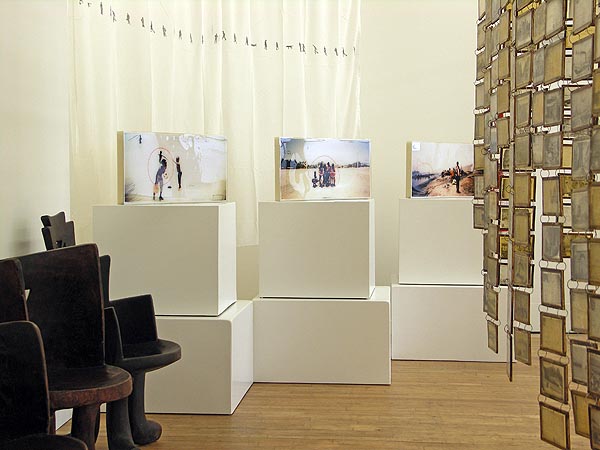
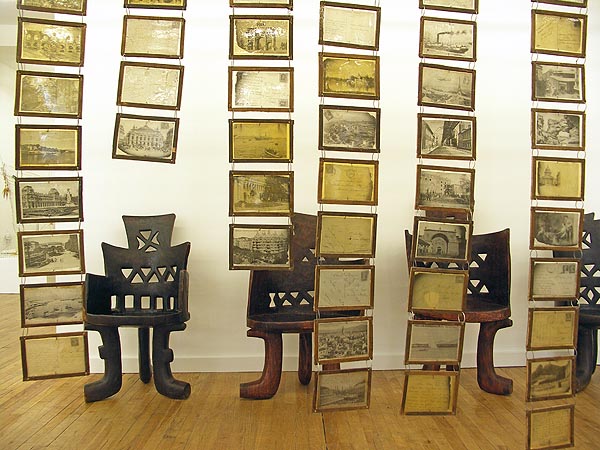
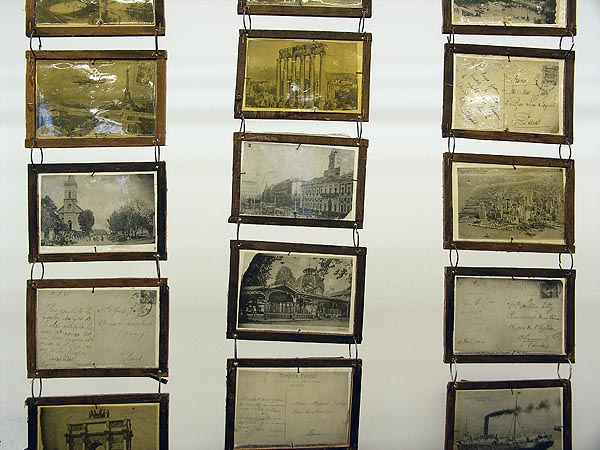
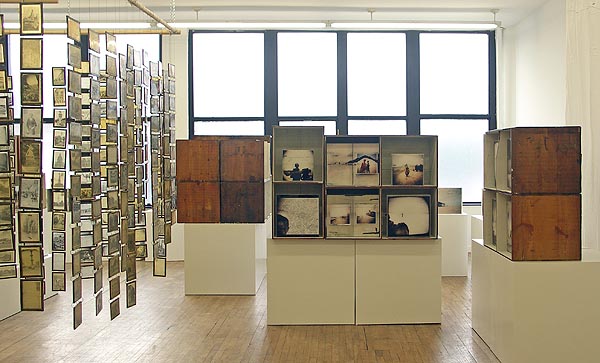
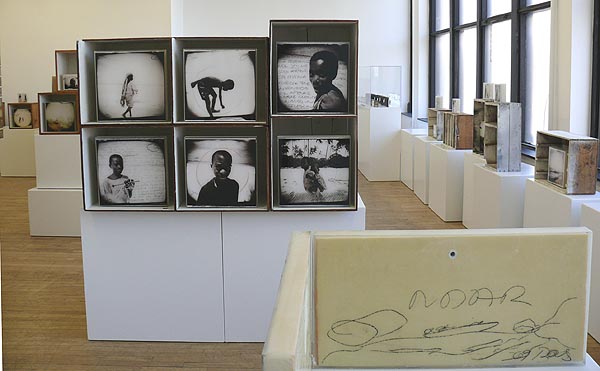
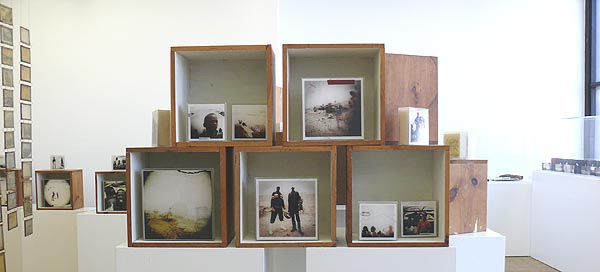



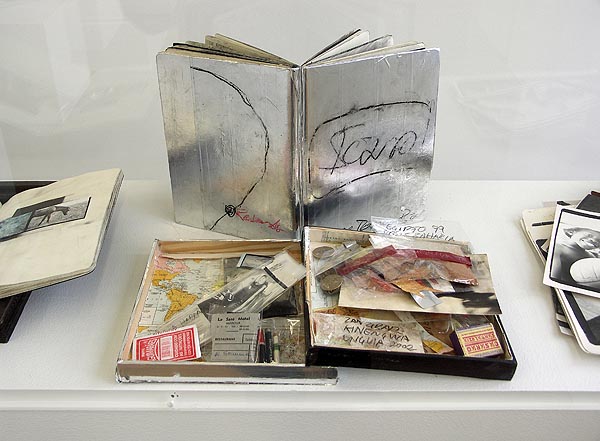
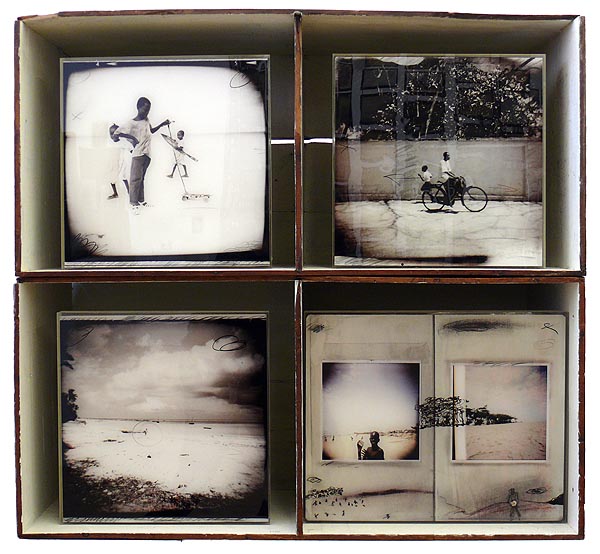
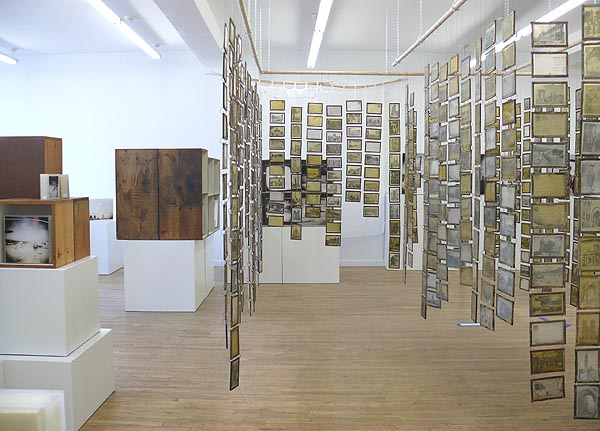
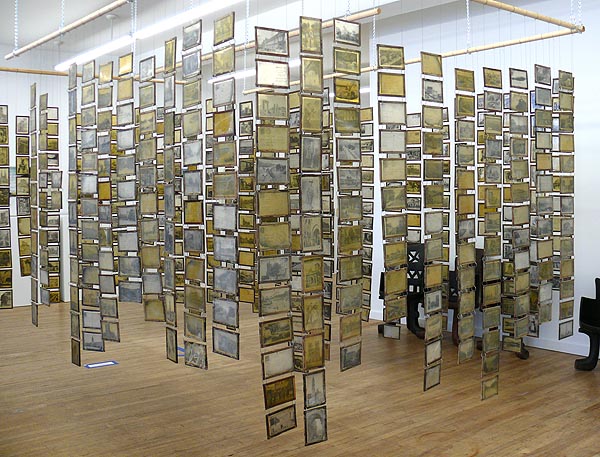
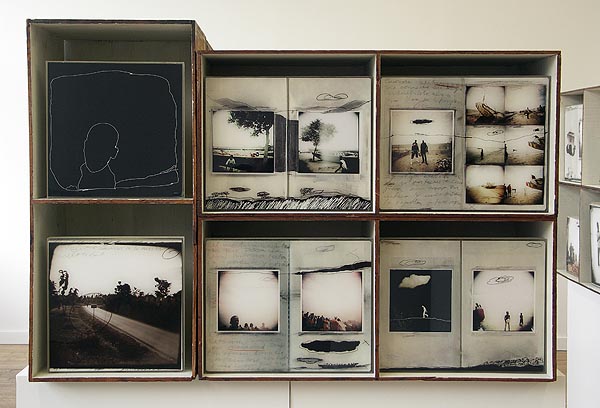
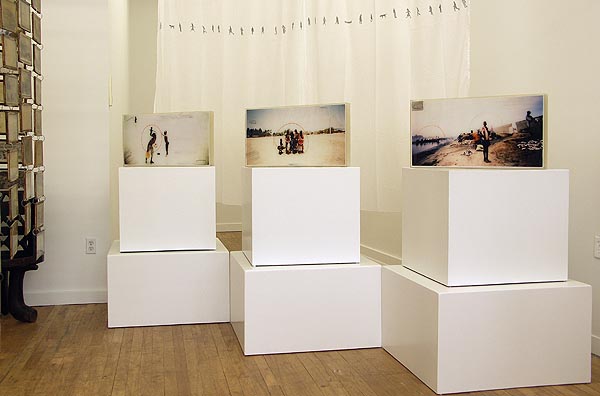
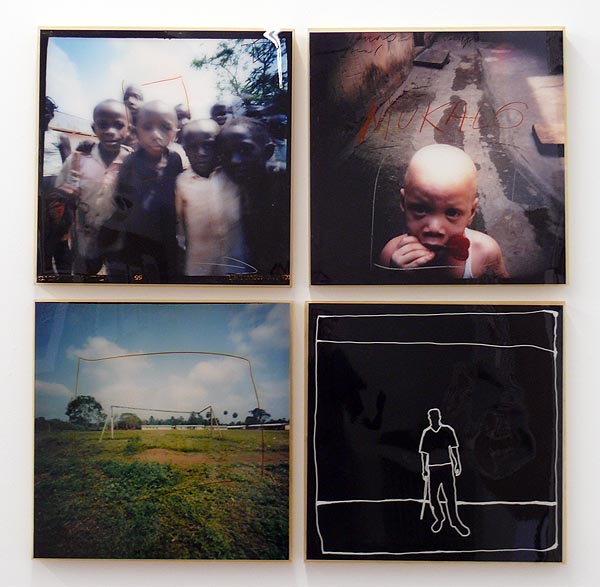
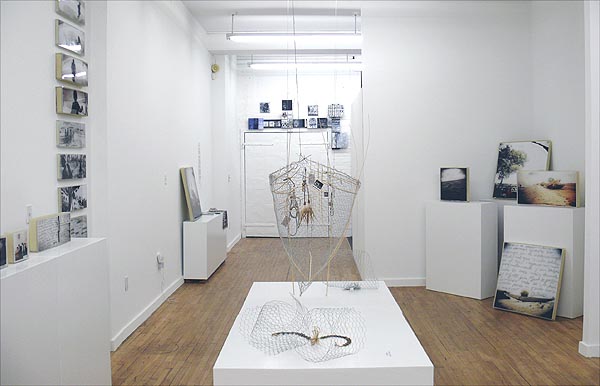
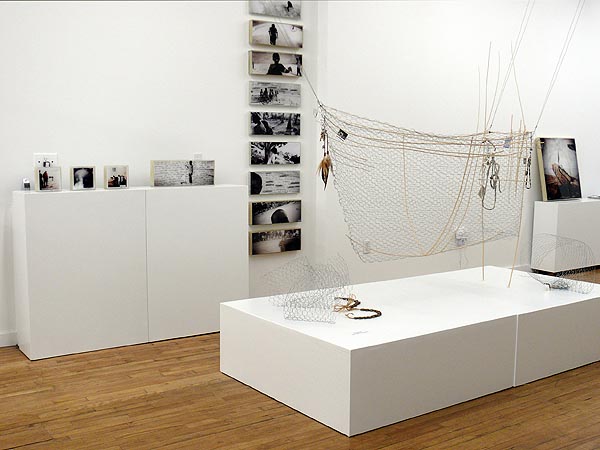
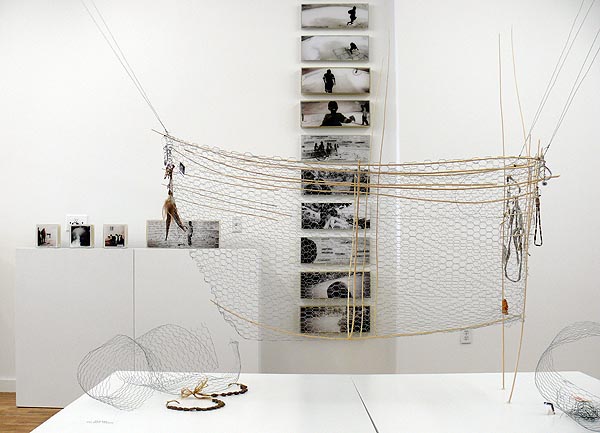
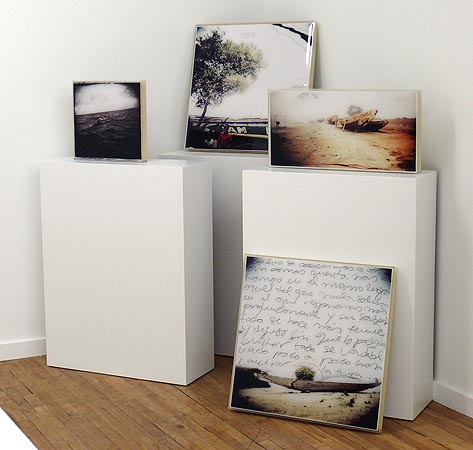
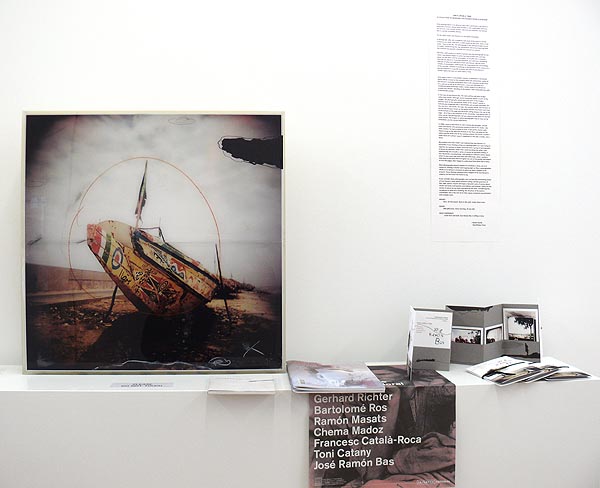
ONCE UPON A TIME: A COLLECTION OF MEMORIES RECOVERED
FROM ELSEWHEREIf the photographer is an observer who tells a particular truth about a particular moment, whose work testifies to the undeniable existence of a precise cross-section of time captured and exposed, Jose Ramon Bas is a pretty unreliable witness.
On the other hand, Jose Ramon is a very good storyteller.
A photograph, after all, is evidence and most of the time it is all the evidence you need. Look here: a child stands on the sand. There is the water. There is the sky. This photograph is the unimpeachable record of reality, compressing into two dimensions and preserving long after the moment has passed, a fraction of a second on a beach.
But then, with words or a cloud crayoned onto the photograph he has taken, Jose Ramon begins to write the story of that time and that place; he was there and he remembers. If you give him a moment, he'll tell you about it. If you pay attention, you will learn something and part of what you will learn is that Jose Ramon, like the most reliable of storytellers, understands the importance (for storytelling) of the narrator. Instead of testifying to the presence of his camera at a precise moment in a specific location, the click of Jose Ramon's shutter opens the door to: Once Upon a Time.
Once upon a time is a storyteller's device. It delineates a threshold which will be crossed at the moment when the substantive reality of the listener's everyday world gives way to the invention of the story. It is a phrase to call up an adventure: a man sets off alone in a completely black landscape under a white cloud; it is a phrase to conjure up a dream: standing on the beach, I saw a beautiful boy with a homemade scooter.
In the case of Jose Ramon Bas, the story will be told with images rather than words, although words frequently appear as part of the images. The photographs, which also form part of the images, hearken back to the substantive reality of the viewer's world, a latitude plus longitude that is identifiable and actually reachable. All the rest of it - the words, the tape, the cartoon clouds, the horizons in the air and the guys drawn on the beach and the mountains and trees at the bottom of the page and the boats sailing along at the top of the page - all of this is the invention of the storyteller, Jose Ramon Bas. In other words, the photographs tell you where he was when he started these stories; the images, in which photographs may or may not be embedded, are the stories themselves.
In 2008, I went to Barcelona to visit a friend who thought I should meet Jose Ramon who graciously invited us over to his studio. Like other studios I've had occasion to visit, it was pretty chaotic with objects hung on the wall and stacked on the floor and piled on the tables and the desks and all the seating surfaces. Of course I couldn't make sense of it all but I wasn't supposed to; this was a studio, not a show.
My problem was that I hadn't yet realized that Jose Ramon is a storyteller (I was thinking of him as a photographer) so I was trying to organize my reaction to what I assumed were a group of photographs of places he had been rather than understanding that what I was experiencing was actually a series of stories he had been telling. It was absolutely overwhelming. I left having no coherent notion about what I'd seen and it was only later that afternoon, when I pulled a little book of his work that he'd given me out of my pocket and begun to turn the pages, that I began to understand that there was a story.
Most photography doesn't happen to constitute a story, nor is it meant to. Clicking a shutter and trapping light on film, a photographer allows us to witness a moment at which we didn't happen to be present. Those fleeting moments don't happen to be Jose Ramon's subjects; he has much too much to say.
If you consider these photographs, you can feel the astonishing power of Jose Ramon's work which presents (using a private grammar of film, light, pencil, crayons and tape) a dynamic cycle of stories about clouds and boats and beaches and children and football. These are the stories of where he has been and what he has seen. Considering the complexity of what he is building, the structure of his work is unshakable; this is the sort of art that repays sustained concentration and multiple visits.
WHERE?
Here. On this beach. Next to this wall. Under those trees.
WHEN?
Mid-afternoon. Early morning. At low tide.
WHAT HAPPENED?
Come here and look. Jose Ramon Bas is telling a story.
---Bobbi Hamill, MarkMaker Press (MarkMakerPress.com)
TRIBE |
OBJECT |